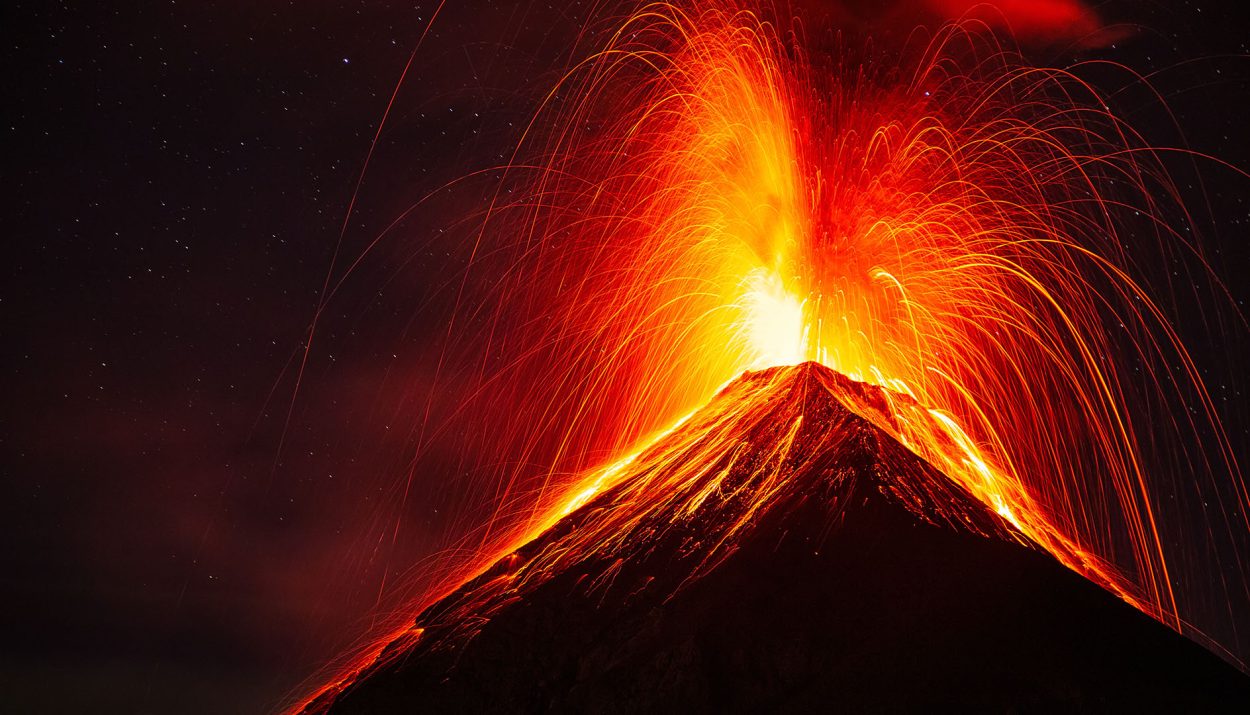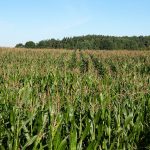While it’s covered in icy shores, Iceland is actually a hotbed of tectonic activity. For the fourth time since December, a volcano has erupted on the Reykjanes Peninsula, spewing smoke and magma into the sky. It has led to the country declaring a state of emergency. Let’s see how this affects the country.
Where is This Volcano Erupting?
The Reykjanes Peninsula is part of the Mid-Atlantic Ridge, a diverging tectonic plate boundary. This makes it one of the most volcanic regions of Iceland.
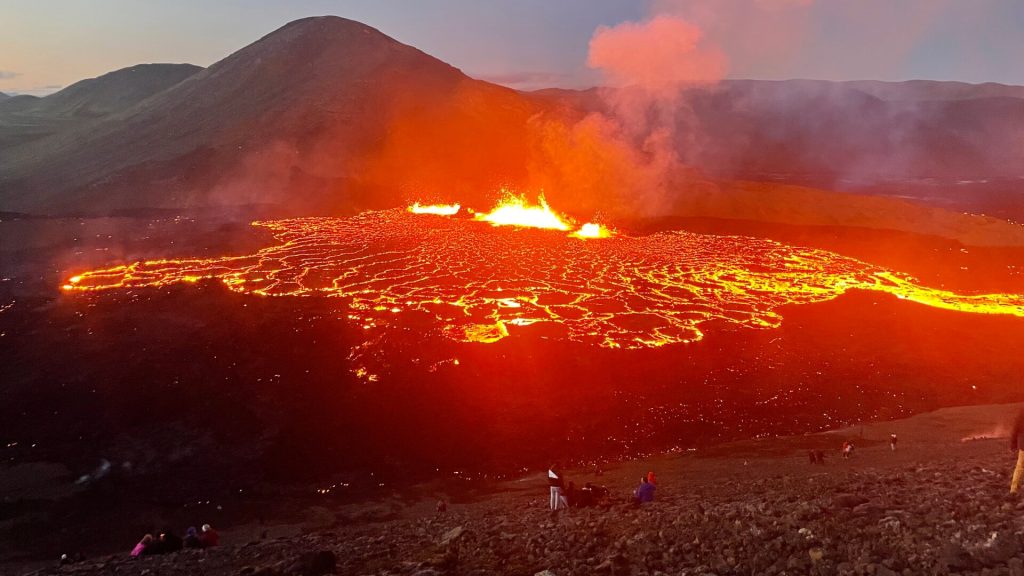
Eruptions on the peninsula have occurred repeatedly throughout history. Notable events include the Reykjanes Fires of 1211-1240 and the Arnarseturshraun lava flow in the 17th century.
A New Eruption Occurs
In the 20th century, the Geldingadalir eruption of 2021-2022 was the first on the peninsula in nearly 800 years. It drew many visitors to observe the dramatic lava flows.
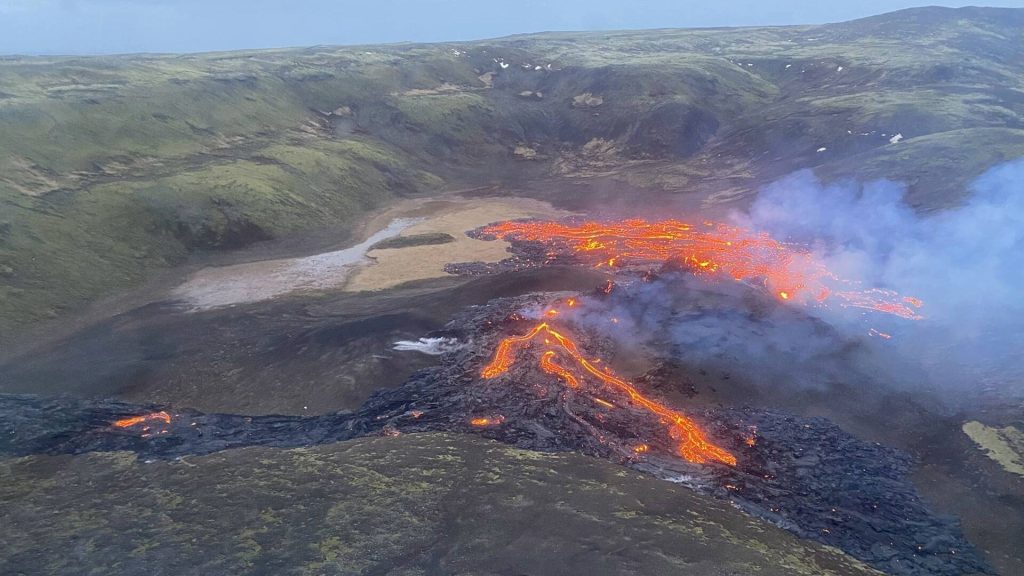
Scientists closely monitor volcanic activity in this area due to its proximity to the capital, Reykjavík, and Iceland’s main international airport at Keflavík.
A Volcanic Island
The peninsula’s volcanic hazards make studying past eruptions crucial for understanding future risk and improving eruption forecasting abilities for this densely populated region.
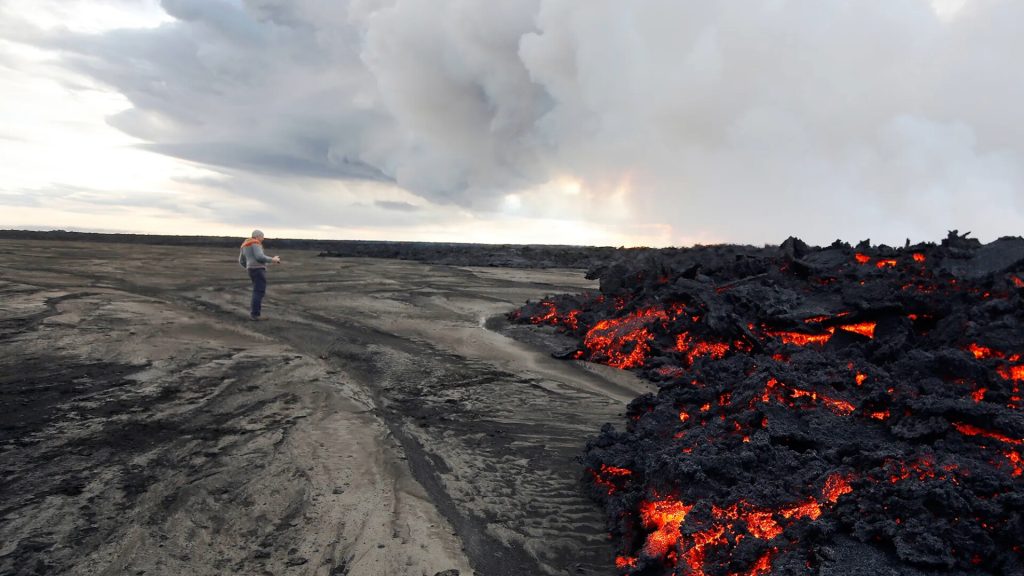
Iceland is situated along the Mid-Atlantic Ridge, where the North American and Eurasian plates slowly pull apart. This leads to a divergent fault, where volcanic activity occurs often.
Eruptions Form Part of the Island’s History
Despite its small size, Iceland has experienced some of the most powerful volcanic eruptions in recorded history due to its location along the Mid-Atlantic Ridge.

The Laki eruption of 1783-1784 was one of the deadliest volcanic events of its kind. Toxic gas emissions led to respiratory illness, killing over 20% of Iceland’s population.
More Recent Eruptions Also Occurred
More recently, the 2010 eruption of Eyjafjallajökull spewed massive ash clouds into the atmosphere, disrupting air travel across Europe for weeks.
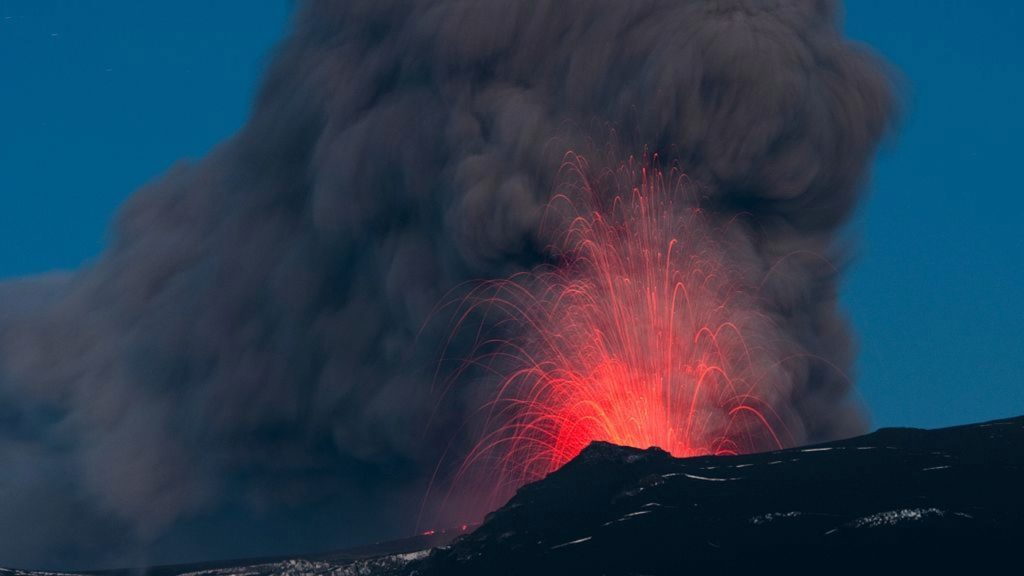
Aside from eruptions themselves, Iceland’s volcanic activity also triggers other natural disasters like glacial outburst floods (jökulhlaups) from eruptions under ice caps.
Volcanic Events Are Expected At Reykjanes Peninsula
The spreading sea floor creates a rift. This rifting process causes upwelling of molten rock from the Earth’s mantle, which erupts as lava flows and ash in volcanic events.
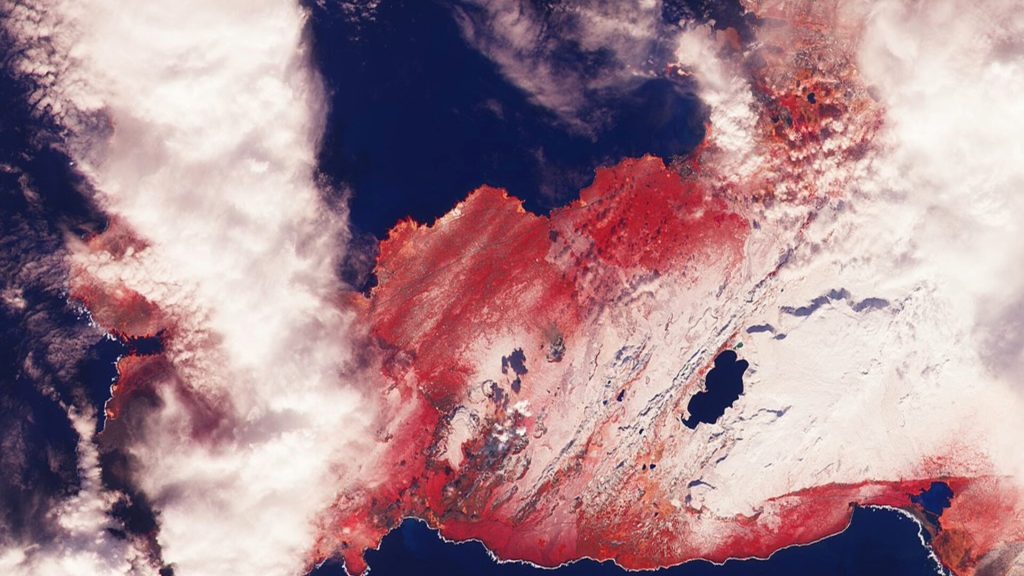
The Reykjanes Peninsula lies along the southwestern section of Iceland’s rift zone, where intense tectonic strain accumulates. Seismic activity is a regular occurrence in this zone.
Foretelling If An Eruption Will Happen
The zone’s high heat flow and frequency of intrusive dikes and fissures increase the likelihood of new eruptions on the Reykjanes Peninsula.
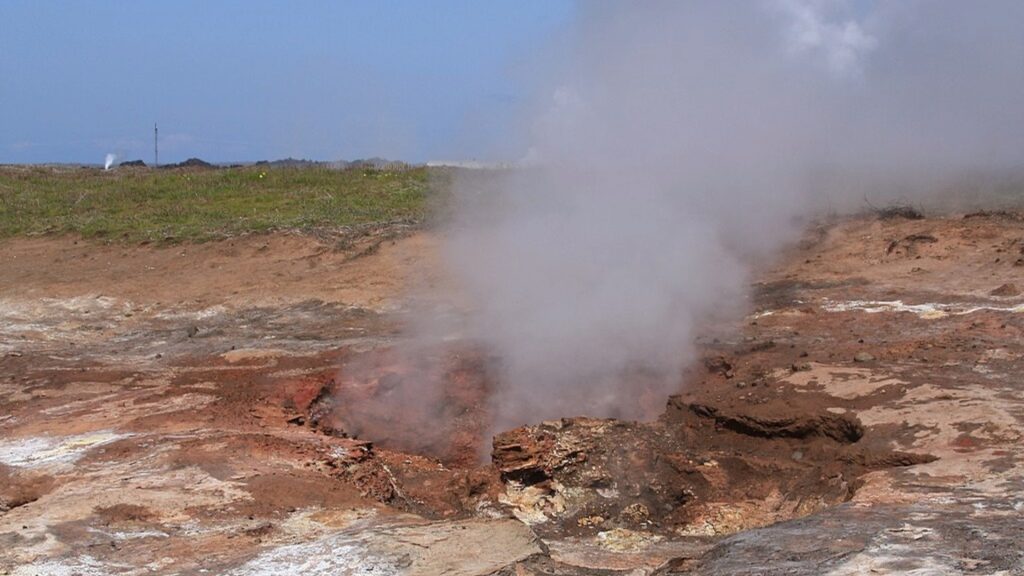
Monitoring ground deformation, seismicity, and gas emissions helps detect early signs of molten rock migration that could culminate in an eruption.
Some Towns Have Been Threatened
The most recent eruption on the peninsula occurred on Saturday, March 16, 2024. It occurred between two peaks, Mt. Stóra-Skógafel and Hagafell.
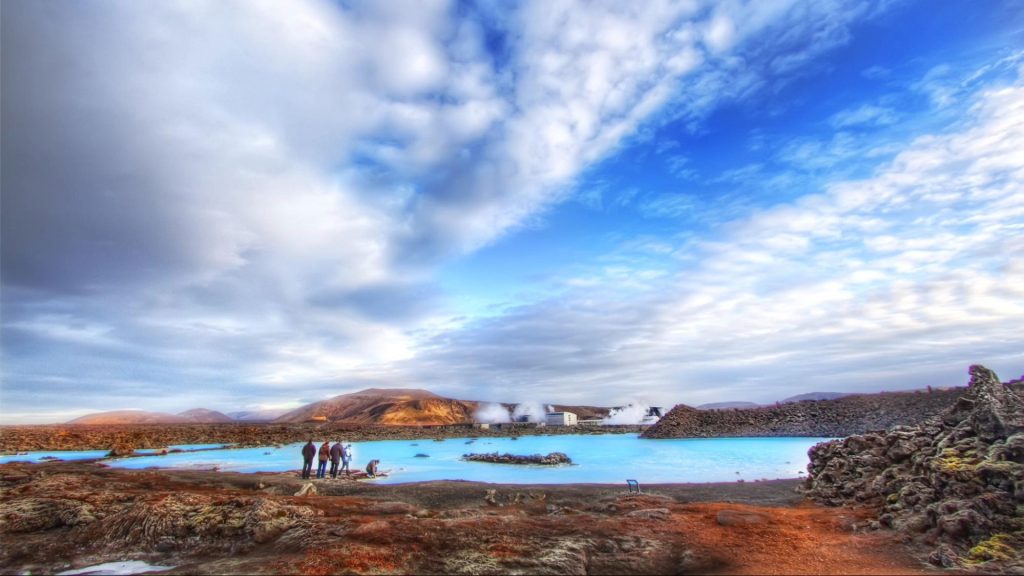
Lava flows came down the mountain unabated, and by Sunday the 17th, the lava had gotten to the borders of the fishing village Grindavík, forcing the populace to evacuate.
Dangerous Consequences Of This Eruption
Speaking to the public, the Norwegian Meteorological Agency noted that if the lava flow made it all the way to the sea, it could lead to catastrophic consequences.
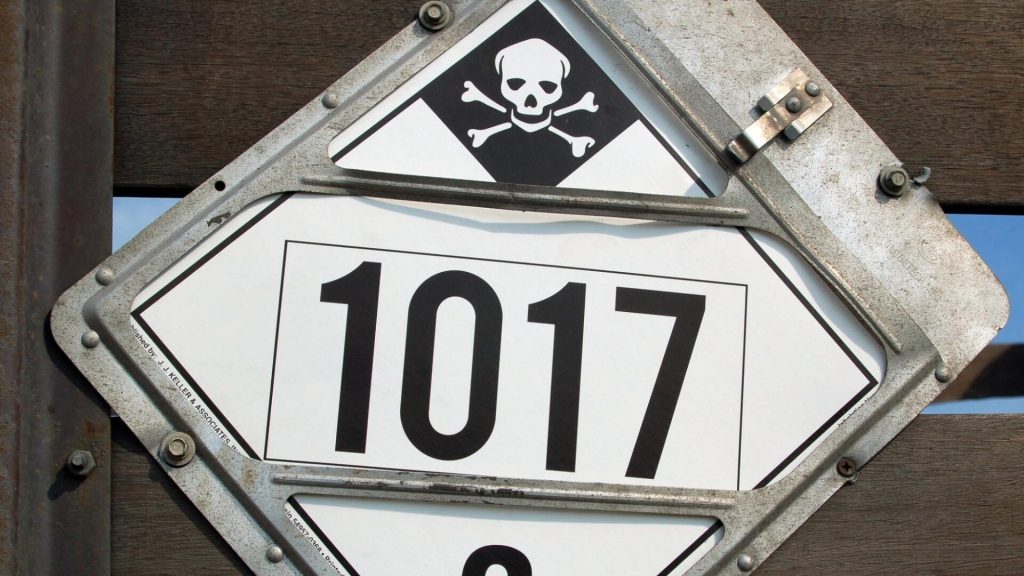
Lava is chemically alkaline, and if it were to come into contact with seawater, a reaction could occur that would release tons of deadly chlorine gas into the air.
Minor Explosions Could Also Occur
Another likely outcome of the lava reaching the sea is a barrage of massive explosions. When the lava cools and expands, it could do so violently, endangering anyone who is close. Officials say this is unlikely to happen unless the lava flow restarts.
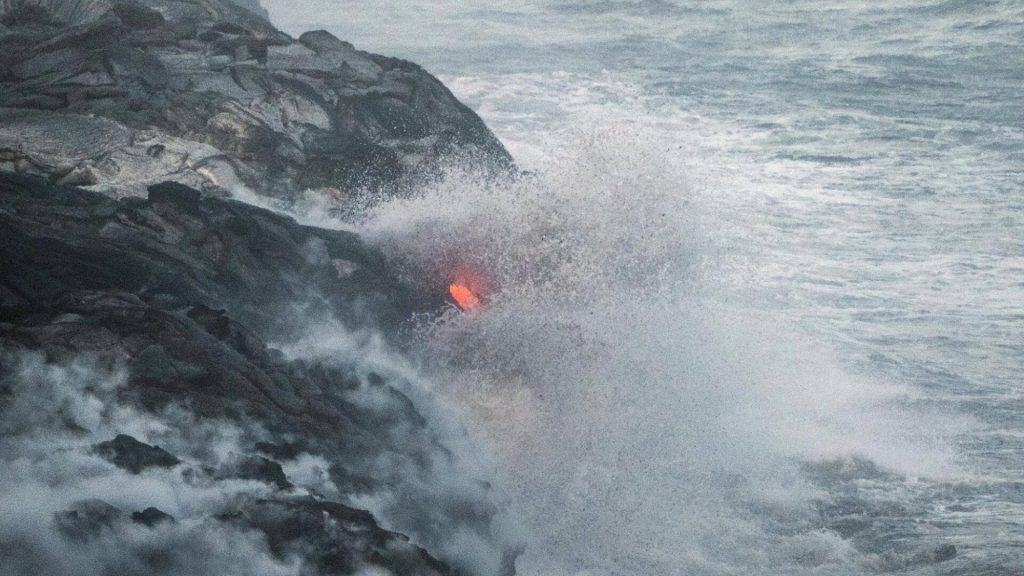
Iceland has already prepared whatever protections it can against the lava flows, and now the Ministry of Defense will wait to see if the lava flow affects its defensive structures.
Infrastructure Disruption Could Also Occur
The lava that flowed to the edge of Grindavík was stopped by lava embankments built specifically to prevent such a natural disaster from destroying the town.
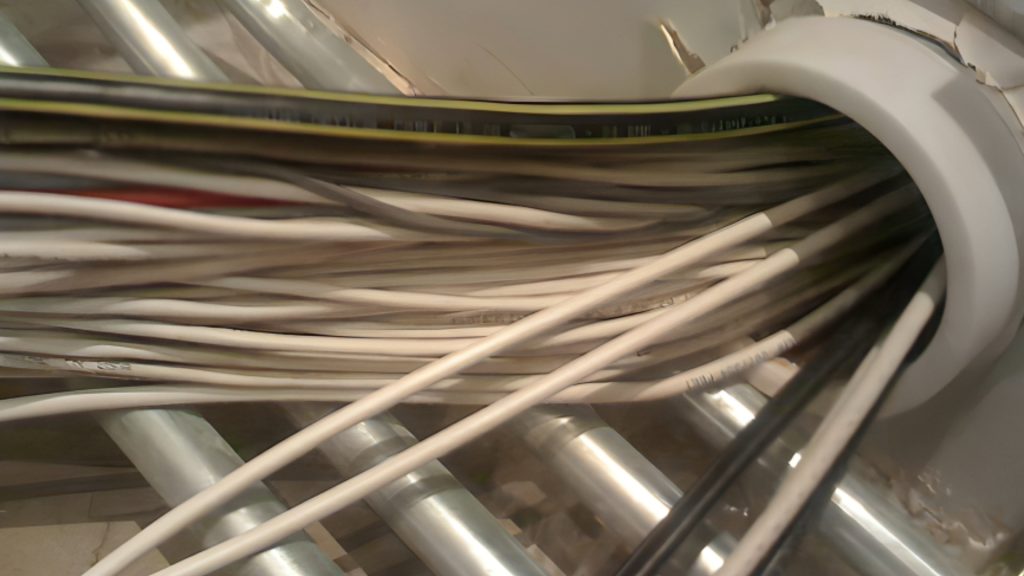
However, fiber optic cables are underneath the surface of the ground. The intense heat could melt these, leading to a collapse of infrastructure such as phone and internet lines. Other infrastructure, such as roads and docks, could also face similar issues.
Traveling to Iceland Is Also Unsure
Several countries have issued warnings about flying into Iceland thanks to recent eruptions. The UK has dropped a travel advisory about the event, stating that no travel is considered safe.
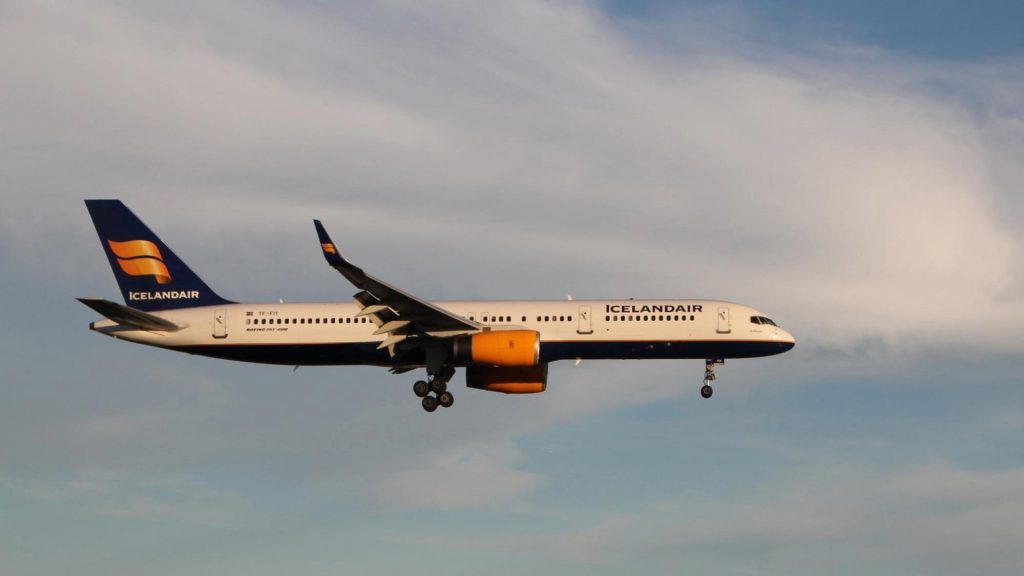
A similar series of warnings came in 2010 when Eyjafjallajökull erupted. The toxic ash and dust from the eruption grounded planes across Europe for several days after the eruption.
The Airport Is Still Functional
Despite the travel warnings, those who are flying into Iceland through Keflavik International Airport will be able to make their trip. However, there have been warnings of further eruptions to come.
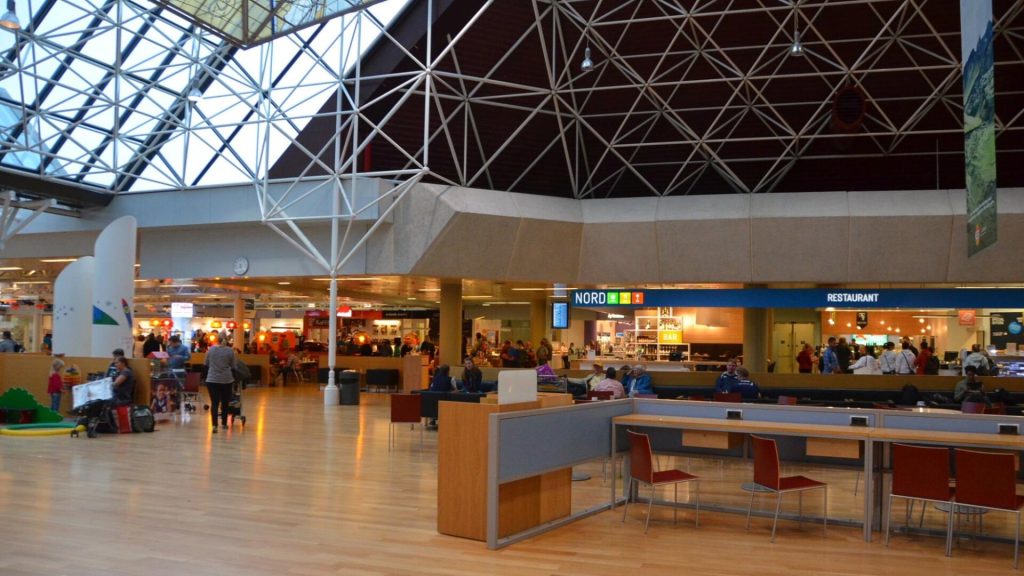
If the eruption starts releasing more gases and dust into the atmosphere to reduce visibility, the airport may be forced to close. Until then, it remains open for business.
Residents Flee For Their Lives
The 4,000 residents of Grindavík were forced to evacuate when the lava flows threatened the town. It was the second evacuation they had endured since December.
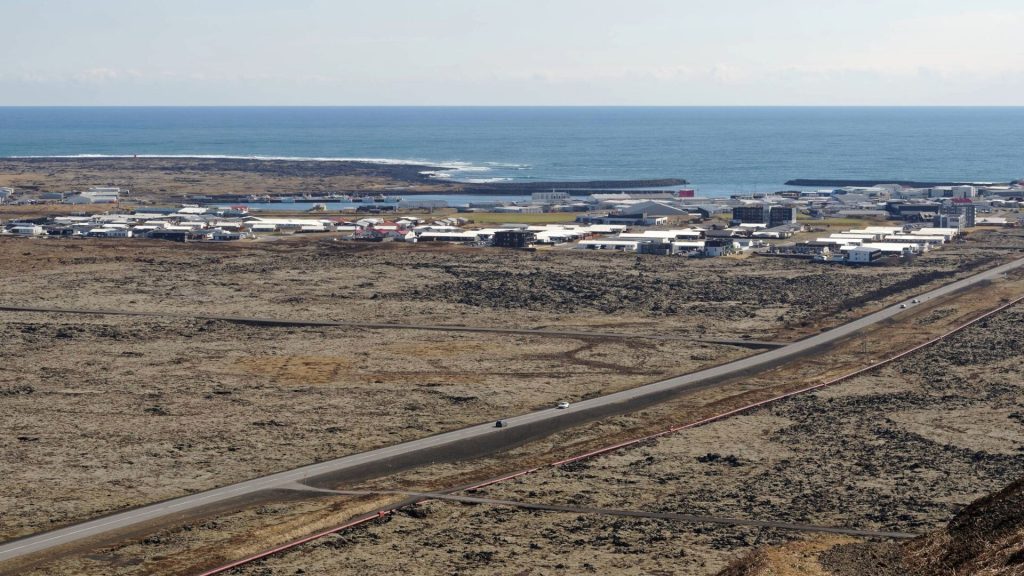
While a few of the affected residents vowed never to return, several of them returned and remained in the town. About one-third of the residents have decided to sell their properties.
How Long Will The State of Emergency Last?
At this point, it’s hard to say how long the state of emergency will continue. The Ministry of Defense has stated that they may be forced to lock down more of the country if the lava flows persist. For now, all seems to have calmed down.
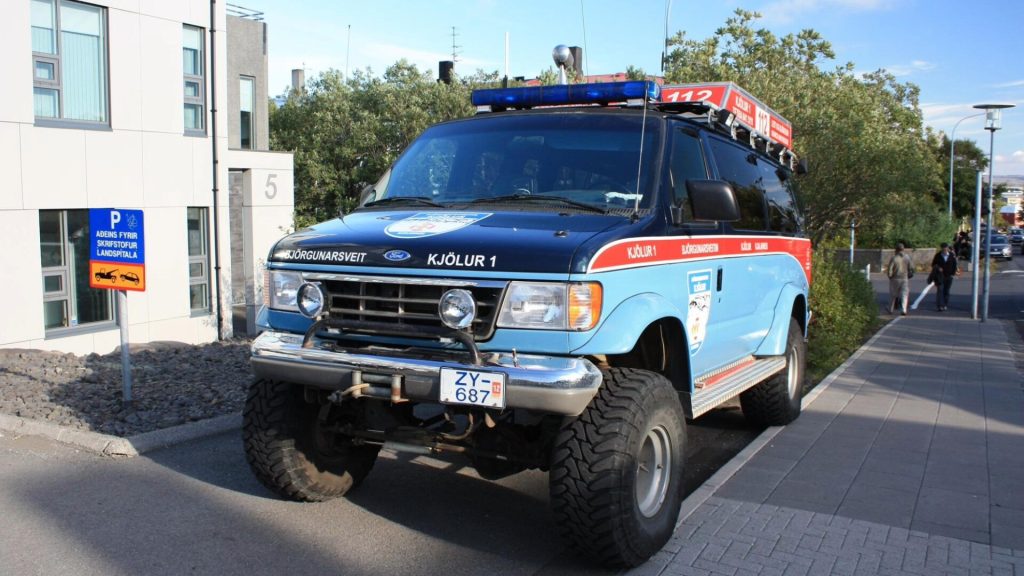
For those heading to Iceland, it’s unlikely that there will be anything serious to worry about. Eruptions happen often in the country, but this particular lava flow has been a recurring problem. If you’re traveling there, it might be best to avoid Grindavík and its environs.

